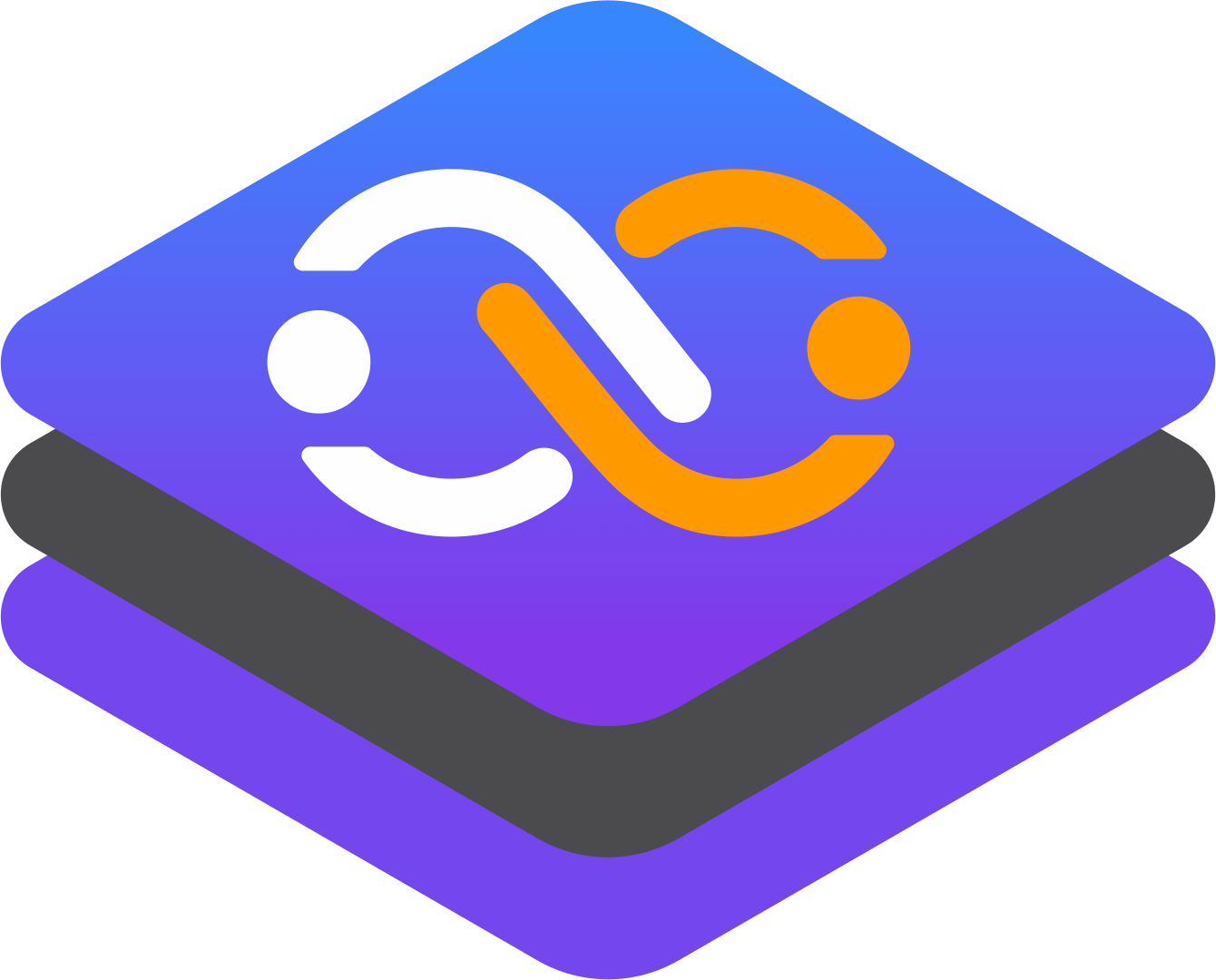A Deeper Dive into Centralized Logging with Loki, Promtail, and Grafana

Log management can quickly become challenging in any cloud-native, distributed environment like Kubernetes. Centralized logging is not just about collecting and storing logs—it’s about making them actionable, accessible, and cost-effective. Traditional logging tools have struggled to scale efficiently in containerized environments because they weren't designed to handle dynamic microservice architectures. This is where Loki, Promtail, and Grafana excel, by creating a log collection and aggregation pipeline that integrates seamlessly with Kubernetes.
In this post, we’ll go deep into the technical architecture of how Loki, Promtail, and Grafana work together to provide a complete logging solution. We’ll explain how logs are handled at each step of the process, the principles behind the design decisions, and how these tools integrate to give a scalable, efficient, and low-cost logging experience.
The Foundations of Centralized Logging in Kubernetes
1. Dynamic Environments
In Kubernetes, containers are ephemeral—they can be created, destroyed, and moved between nodes at any time. This dynamic nature means that log collection needs to be dynamic as well. Relying on static log files scattered across nodes doesn't work when workloads are constantly shifting.
2. Distributed Microservices
Modern applications often consist of multiple microservices running in different pods across multiple nodes. Each microservice can generate its own logs, but understanding the state of an application requires a holistic view of the logs across all services. This makes log aggregation essential for tracing the flow of operations across services and debugging problems.
Understanding the Log Pipeline Architecture
The log pipeline in a typical Kubernetes environment consists of several stages: log generation, collection, labeling, storage, querying, and visualization. Let’s go step-by-step into how each tool plays a role in this process.
Step 1: Log Generation
Containerized Applications: The Source of Logs
In a Kubernetes cluster, logs are produced by containers running applications. Each container generates logs as text streams—usually standard output (stdout) and standard error (stderr). These streams are captured by the container runtime (such as Docker, CRI-O, or containerd) and written to files on the host system.
Where are these logs stored?
In Kubernetes, the logs are typically written to /var/log/containers/ or /var/lib/docker/containers/. These log files contain the raw output of the containers, and the filenames are usually a combination of the container's ID and the pod name.
Problem: Log Sprawl On a single node, there could be dozens or even hundreds of containers, each producing logs. Without a centralized logging solution, finding specific log entries across multiple nodes becomes nearly impossible.
Step 2: Log Collection and Enrichment
Promtail: The Log Shipper
Promtail is the agent responsible for reading log files from the host, enriching them with Kubernetes metadata, and sending them to Loki. Promtail runs as a DaemonSet on each node in your cluster, which ensures that logs from all containers on each node are captured.
How does Promtail read logs? Promtail follows the standard Kubernetes log format (/var/log/containers/*.log files). It is designed to tail log files (much like how tail -f works in Unix) and continuously stream the new log entries to Loki.
Labeling Logs with Metadata One of the key features of Promtail is that it enriches logs with metadata before shipping them off to Loki. By integrating with the Kubernetes API, Promtail attaches useful labels such as:
- pod_name
- namespace
- container_name
- Node_name
These labels are essential because Loki indexes logs based on these metadata labels, not on the contents of the logs themselves. Labeling provides a contextual hierarchy that enables powerful and precise querying later.
Log Pipelines: How Promtail Handles Different Inputs Promtail supports multiple pipelines for processing logs from various sources, including:
- Files: Tail logs from files.
- Journal: Collect logs from systemd's journald.
- Containers: Directly read container logs.
Promtail also provides a mechanism to filter and parse logs before sending them to Loki. For instance, you could filter out debug-level logs to reduce log volume or parse JSON logs to add specific fields as labels.
Step 3: Log Aggregation and Storage
Loki: The Log Aggregator
Loki is the log aggregation system responsible for receiving logs from Promtail (or other log shippers like Fluentd, Vector, etc.), storing them, and making them queryable via Grafana.
Why doesn’t Loki index log content?
Traditional logging systems (e.g., Elasticsearch, Splunk) index every word in a log entry, which makes searching very fast but consumes enormous amounts of storage and resources. Loki takes a different approach by only indexing the metadata (labels like pod_name, namespace, and container_name), and not the actual content of the log lines.
Storage Efficiency: Because Loki only indexes labels, it can store and process logs much more efficiently than other systems. This makes Loki extremely cost-effective and scalable for large environments.
How does Loki store logs?
Loki stores logs in a time-series format. Logs are organized into chunks (blocks of data), which are written to an underlying object store (e.g., AWS S3, Google Cloud Storage, or local disk). Each chunk contains logs for a specific time range and is compressed to reduce storage size.
Loki uses the metadata labels to identify which logs belong in which chunk. This is the key to how Loki enables fast searches without needing to index the entire log content.
Example: Logs for the web-service pod in the production namespace on a specific node would be grouped into a chunk based on time and these labels.
- LogQL: Loki’s Query Language To retrieve logs from Loki, users rely on LogQL, which works similarly to Prometheus’s PromQL. It allows you to filter logs by labels (e.g., pod_name="web-service") and then further refine the query by searching within the logs for specific patterns.
Example Query:{namespace="production", pod_name="web-service"} |= "error"
This query will retrieve logs from the web-service pod in the production namespace that contains the word "error".
Step 4: Visualization and Correlation
Grafana: The Visualization Layer
Once logs are collected and stored in Loki, Grafana acts as the front-end interface where users can query, visualize, and correlate logs with metrics and other telemetry data.
Data Sources in Grafana Grafana can connect to Loki as a data source, just like it does with Prometheus for metrics. This enables users to create dashboards that combine metrics and logs, providing deep insights into system behavior.
For example, you can create a dashboard where you view application error logs alongside CPU usage metrics from Prometheus. This allows you to correlate spikes in resource usage with specific events in your logs, making it much easier to troubleshoot performance issues.
Log Explorer in Grafana Grafana provides a Log Explorer, where you can run ad-hoc queries to search through logs in real time. This is extremely useful for debugging issues as they occur. You can filter logs by labels, search for specific strings, or even use regular expressions to match patterns in your logs.
Example Dashboard: A dashboard showing:
- HTTP request error logs from Loki.
- CPU usage metrics from Prometheus.
- Traces of slow requests (if integrated with a tracing tool like Jaeger).
Alternatives to Promtail and Loki
While Promtail and Loki are tightly integrated for Kubernetes environments, there are alternative solutions that can be used for log collection and aggregation:
-
Fluentd/Fluent Bit: These are powerful log forwarders that can ship logs to various destinations, including Loki. Fluentd allows for more complex log routing, filtering, and transformation than Promtail.
-
Vector: Vector is a high-performance log agent that can collect, transform, and route logs to many destinations, including Loki. It’s designed for efficiency and can handle a large volume of logs with low resource usage.
Each of these tools has its strengths. Promtail is simpler and Kubernetes-native, making it easy to integrate. Fluentd and Vector offer more flexibility and advanced log processing features.
Conclusion
The logging pipeline involving Loki, Promtail, and Grafana offers a scalable, efficient, and cost-effective solution for managing logs in Kubernetes environments. By collecting logs through Promtail, storing them in a time-series format with Loki, and visualizing them in Grafana, you can set up a highly efficient and scalable centralized logging solution for your containerized applications.
